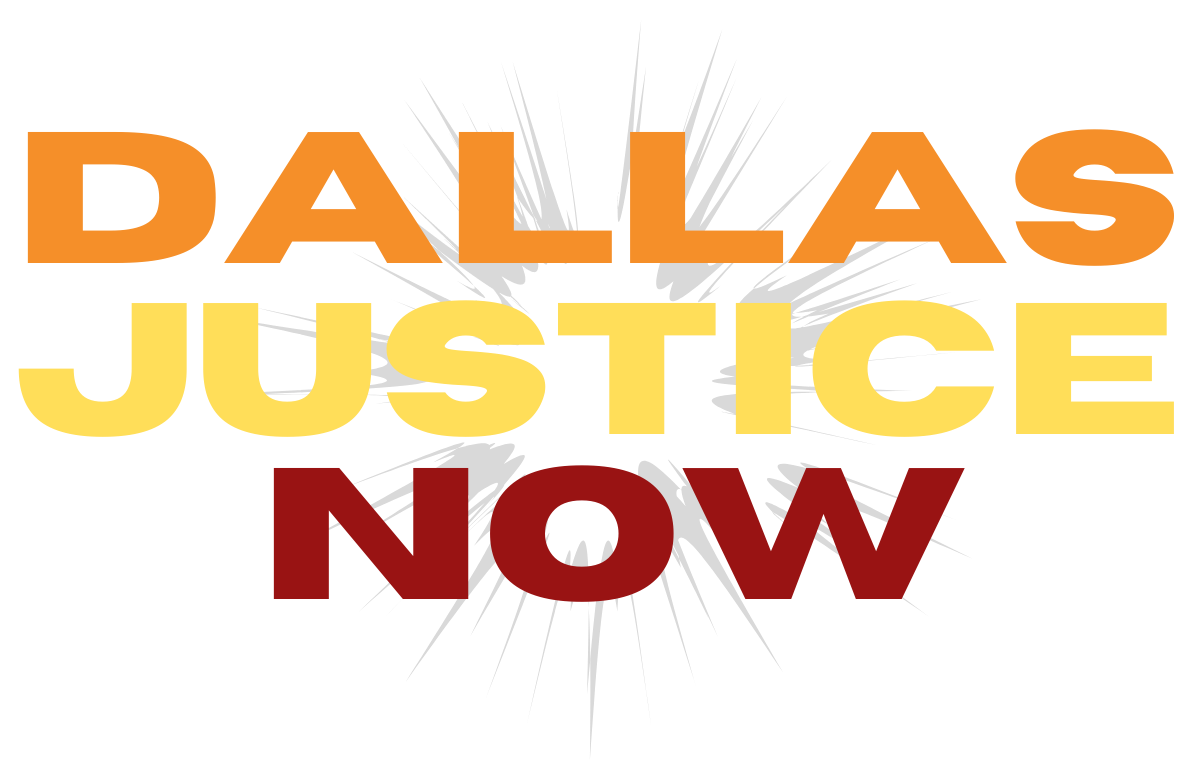Intersectionality explained
Kimberlé Crenshaw is our inspiration today and so we dive into the term she coined (intersectionality) and what it means now:
When Kimberlé Crenshaw coined the term 30 years ago, it was a relatively obscure legal concept. Then it went viral.
There may not be a word in American conservatism more hated right now than “intersectionality.” On the right, intersectionality is seen as “the new caste system” placing nonwhite, non-heterosexual people on top.
To many conservatives, intersectionality means “because you’re a minority, you get special standards, special treatment in the eyes of some.” It “promotes solipsism at the personal level and division at the social level.” It represents a form of feminism that “puts a label on you. It tells you how oppressed you are. It tells you what you’re allowed to say, what you’re allowed to think.” Intersectionality is thus “really dangerous” or a “conspiracy theory of victimization.”
This is a highly unusual level of disdain for a word that until several years ago was a legal term in relative obscurity outside academic circles. It was coined in 1989 by professor Kimberlé Crenshaw to describe how race, class, gender, and other individual characteristics “intersect” with one another and overlap. “Intersectionality” has, in a sense, gone viral over the past half-decade, resulting in a backlash from the right.
In my conversations with right-wing critics of intersectionality, I’ve found that what upsets them isn’t the theory itself. Indeed, they largely agree that it accurately describes the way people from different backgrounds encounter the world. The lived experiences — and experiences of discrimination — of a black woman will be different from those of a white woman, or a black man, for example. They object to its implications, uses, and, most importantly, its consequences, what some conservatives view as the upending of racial and cultural hierarchies to create a new one.
But Crenshaw isn’t seeking to build a racial hierarchy with black women at the top. Through her work, she’s attempting to demolish racial hierarchies altogether.
Crenshaw is a 60-year-old Ohio native who has spent more than 30 years studying civil rights, race, and racism. In her mildly overheated office, the professor was affable and friendly as she answered questions while law students entered her office intermittently as they prepared for a panel discussion coincidentally titled “Mythbusting Intersectionality” scheduled for that evening.
But it’s not just academic panels where the fight over what intersectionality is — or isn’t — plays out. Intersectionality has become a dividing line between the left and the right. Sen. Kirsten Gillibrand (D-NY) tweets that “the future is female [and] intersectional.” The Daily Wire’s Ben Shapiro, meanwhile, posts videos with headlines like “Is intersectionality the biggest problem in America?”
The current debate over intersectionality is really three debates: one based on what academics like Crenshaw actually mean by the term, one based on how activists seeking to eliminate disparities between groups have interpreted the term, and a third on how some conservatives are responding to its use by those activists.
Crenshaw has watched all this with no small measure of surprise. “This is what happens when an idea travels beyond the context and the content,” she said.
But those who have worked with her have seen how she can ask tough questions and demand hard answers, particularly on the subject of race, even of her closest allies. Mari Matsuda, a law professor at the University of Hawaii who has worked with Crenshaw on issues relating to race and racism for years, told me, “She is not one to back away from making people uncomfortable.”
(For the full article, please go to https://www.vox.com/the-highlight/2019/5/20/18542843/intersectionality-conservatism-law-race-gender-discrimination)
